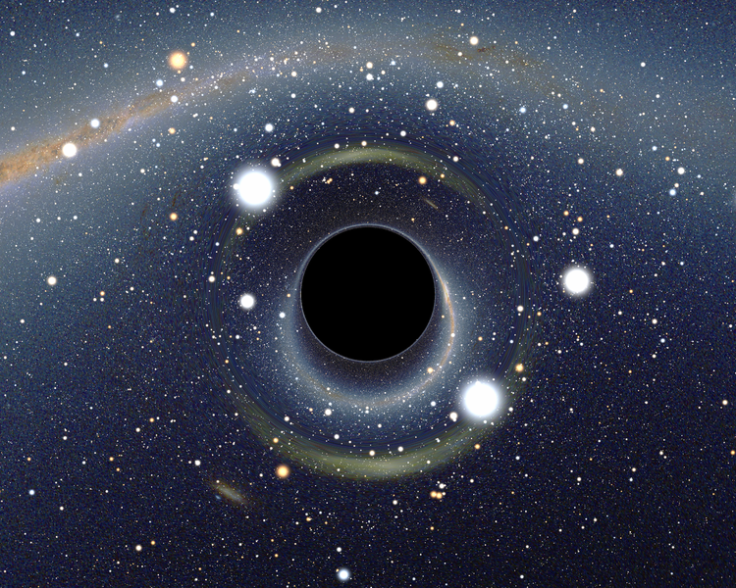Astronomers Discover First Reliable Measurement of Black Hole Spin
For the first time in history, astronomers have been able to make a reliable measurement of a supermassive black hole's spin. It is generally known that black holes swallow matter and absorb any light around its orbit. Previously, there was not much information regarding any technique that could help disclose the mysteries surrounding the growth and evolution of black holes.

However, astronomers can now estimate the speed at which a black hole, situated at the center of the spiral galaxy NGC 1365, spins. It is spinning about 84 percent as fast as Einstein's general theory of relativity allows it to, according to a report by Space.com.
The latest findings reveal that at least a few supermassive black holes are spinning at this tremendous speed. Unfortunately, this claim, although hinted at in prior studies, could not be confirmed.
"It's the first time that we can really say that black holes are spinning," study co-author Fiona Harrison, of Caltech University in Pasadena, told the Web site. "The promise that this holds for being able to understand how black holes grow is, I think, the major implication," Harrison added.
Most astronomers believe supermassive black holes are millions or billions of times heavier than the Sun and each one sits at the centre of some, if not all galaxies. The swirling gases inside a black hole release X-rays and gamma rays. By measuring these rays, in 2006, astronomers, for the first time, found the first step to finding out the number of black holes in the universe and its distance from Earth.
NGC 1365 is located about 56 million light-years from Earth in the constellation Fornax. It is a huge black hole and releases massive amounts of energy, making it an interesting subject of study for astronomers.
For the new study, the astronomers analysed the observations of two X-ray space telescopes. By studying the high-energy light emitted by iron atoms, the telescopes could trace the motion of the flat, rotating accretion disk that circles NGC 1365's black hole.
The study revealed that the emissions are strongly distorted. This means that the inner lining of the accretion disk may be very close to the black hole, because of which the gravitational force wreaks havoc with the X-rays that stream out of the disk, Space.com reported. According to general relativity, this implies that the black hole is rotating very rapidly.
However, this is just one interpretation. The other could be that the distortions exist because of the distance between the supermassive black hole and the telescopes observing it.
"This has been a big controversy - which of the two is going on?" Harrison said.
The telescope used for this study was a $165m NuSTAR, the report said. The research team was led by Guido Risaliti of the Harvard-Smithsonian Center for Astrophysics and the Italian National Institute for Astrophysics' Arcetri Observatory.
Although it is difficult to comprehend exactly at what speed the black hole is rotating, it can said for sure that it is spinning incredibly fast.
"The analogy of an actual velocity is not quite right," Harrison cautioned, "But what you can say is that spinning black holes twist space-time around them. And if you were standing near the black hole, basically your space-time would be twisted, or dragged, around such that you would have to rotate once every four minutes just to be standing still."
The study was published online today (Feb. 27) in the journal Nature.
© Copyright IBTimes 2025. All rights reserved.




















